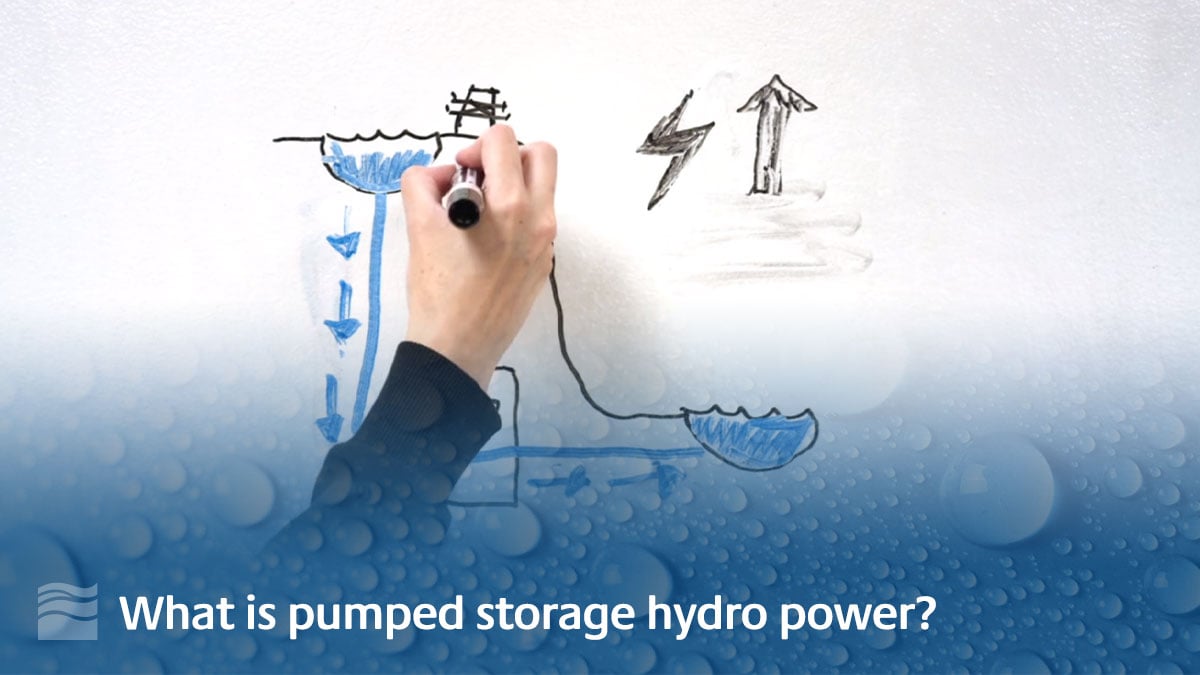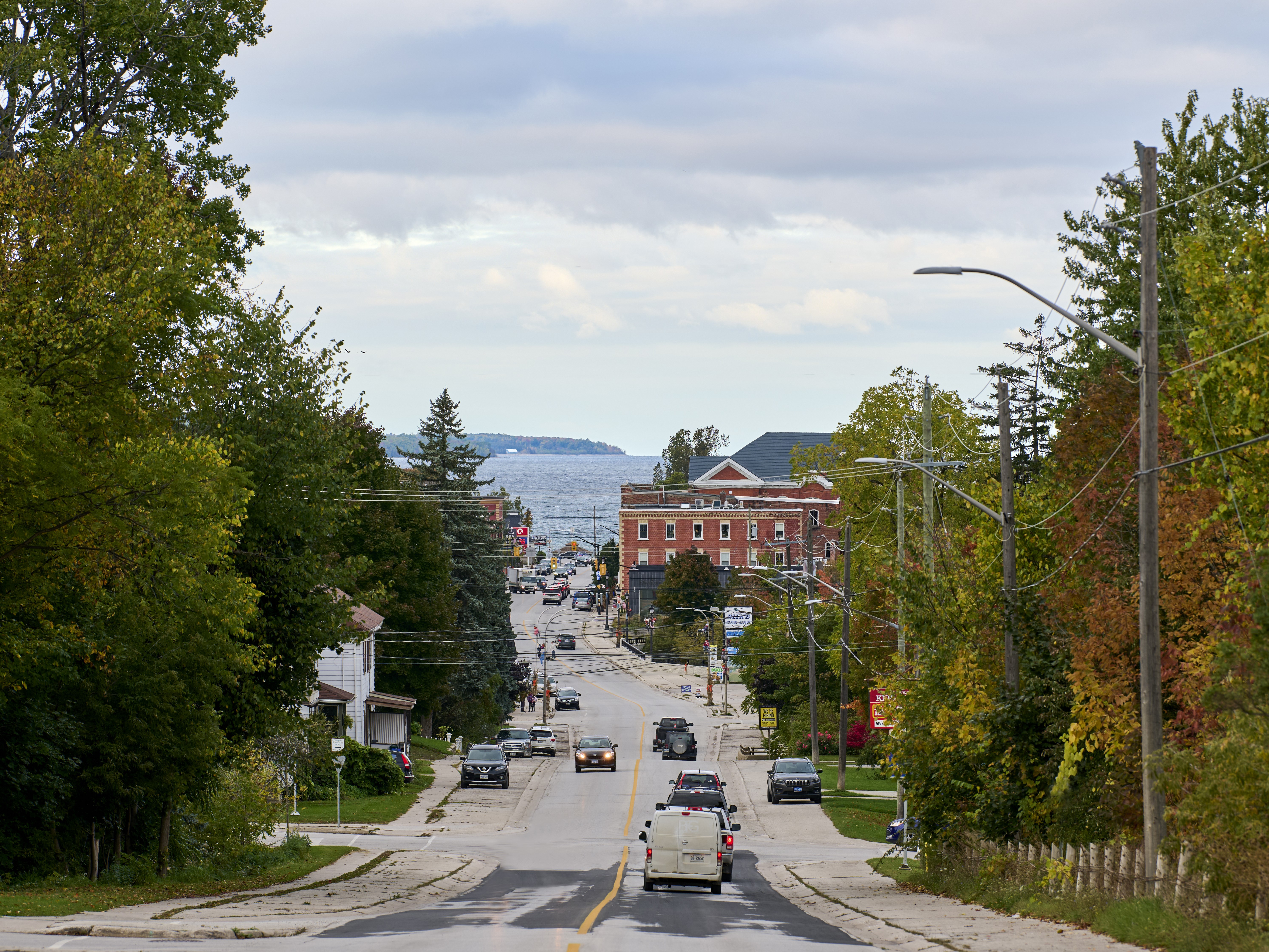Technology
How pumped storage works
The proposed project would provide 1,000 MW of flexible, reliable energy to Ontario’s electricity system using a technology known as pumped storage. It would be designed to store excess baseload generation — energy that is typically exported at a loss or entirely wasted. That stored energy would then provide electricity back to Ontarians when they need it most.
Once operating, the proposed facility would withdraw water from Georgian Bay, temporarily store it in a newly constructed upper reservoir, and later return the water to Georgian Bay. During periods of low electricity demand, water would be pumped upslope from Georgian Bay through enclosed pipes to the upper reservoir. When demand for electricity is high, the water is released down through the same pipes to generate electricity for the grid.


